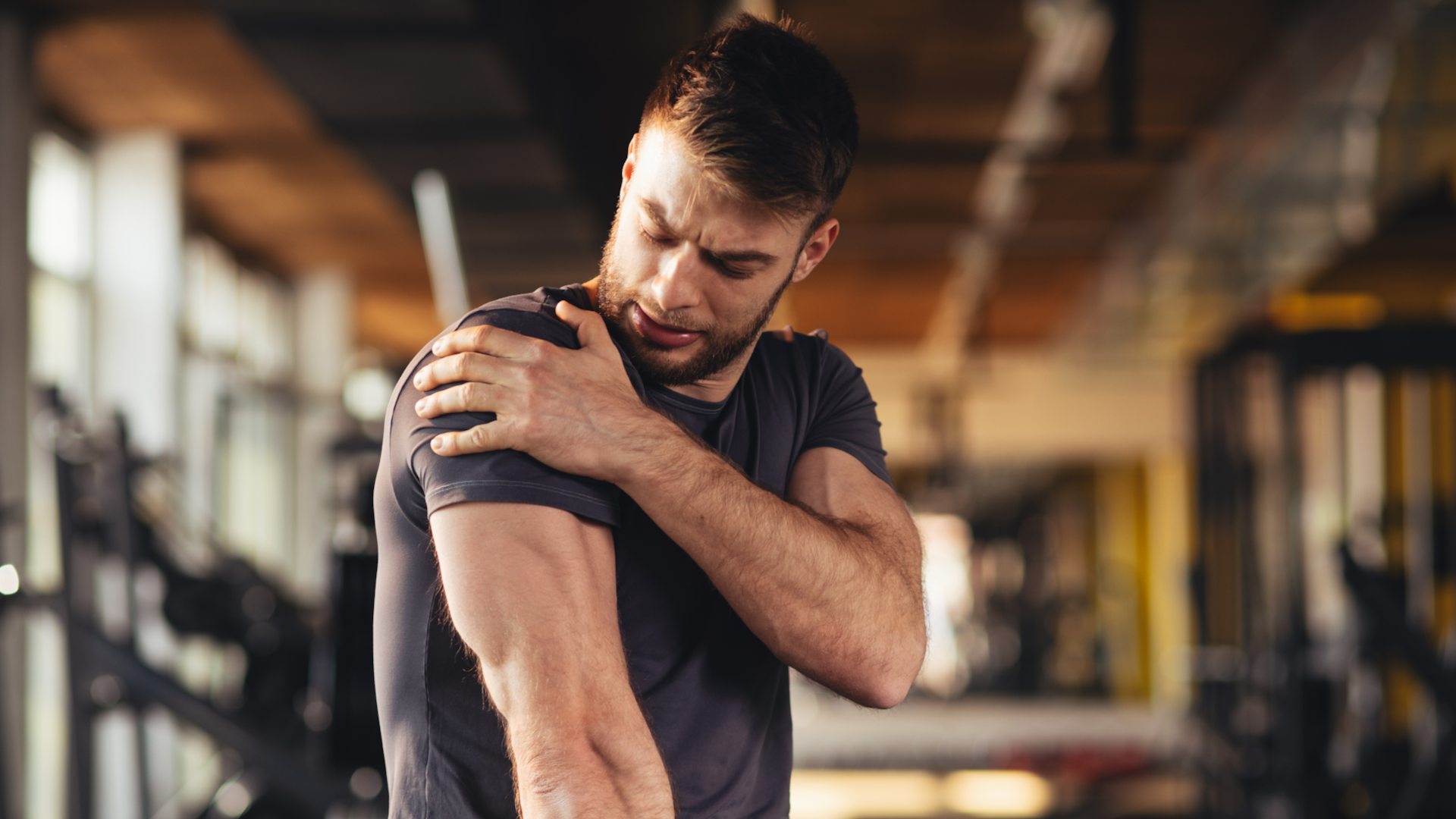
Waking up the day after your amazing workout session and experiencing sore, aching muscles just isn’t pleasant. When it’s really bad, it can make you feel like you’re 30 years older (aching back anyone?). But delayed onset muscle soreness is normal, especially if you’ve had a pretty intense session, or haven’t worked out in a while. While you can’t magically make it disappear, there are a few things you can do to make it a little less painful and hopefully speed up your recovery time.
You may have heard of the RICE method when it comes to DOMS —rest, ice, compression and elevation. However, there are some additional things that you can do before and after your workout, as well as dietary changes, that can all contribute towards making your muscle soreness a little more manageable. Keen to know what they are? Keep reading.
1. Do a proper warm up
It may be obvious, but so many of us are still guilty of not prioritising getting our joints and muscles activated before working out. The National Library of Medicine says: “Performing warm-ups increases muscle temperature and blood flow, which contributes to improved exercise performance and reduced risk of injuries to muscles and tendons.” While one study found that performing a warm-up before exercise can reduce DOMS 48 hours after exercising. Moral of the story: do you warm-ups people! If you struggle with knowing what to do, try this five-move running warm up. FYI don't be put off that it's for running, the point is it will get you moving, your heart rate up and blood pumping.
2. Stay hydrated
Not only does water help flush the toxins out of your body, but it prevents us from becoming dehydrated, which one study found can make our tolerance to pain worse. The NHS says we should be drinking six to eight glasses of water per day. The easiest way to get this in is to start in the morning. Also, a cool gym water bottle always makes you motivated to drink more.
3. Keep moving
At T3 we’re always banging on about the importance of mobility exercises and keeping mobile to help prevent aches and pains, but it really is important. We’re not saying go out and do a 5K run, but some light activity, like getting a walk in, doing some swimming or even yoga can all help with blood and oxygen flow to your muscles, which will help remove toxins from the body and, as a result, speed up recovery time. Try these seven low-impact exercises to keep you moving.
4. Eat nutritious foods
The right nutrition can go a long way when it comes to muscle recovery. There’s still mixed research around whether whey protein is beneficial to muscle soreness – with some studies saying it helps with muscle recovery, but not DOMS – while others claim it doesn’t help at all. Nevertheless, hitting your daily protein intake can help with muscle growth, therefore we definitely recommend including it in your diet. Buying a protein powder so that you can make a shake is the easiest way to do this.
5. Massage
Your body requires some TLC after your workout too and one way you can give it some is with a massage, as a study found it was successful in alleviating DOMS and swelling by 30% (although it had no effect on muscle function). Instead of spending a fortune on sports massages though, you can invest in one of the best massage guns, or an even more affordable (and gentler option) would be buying a foam roller.







